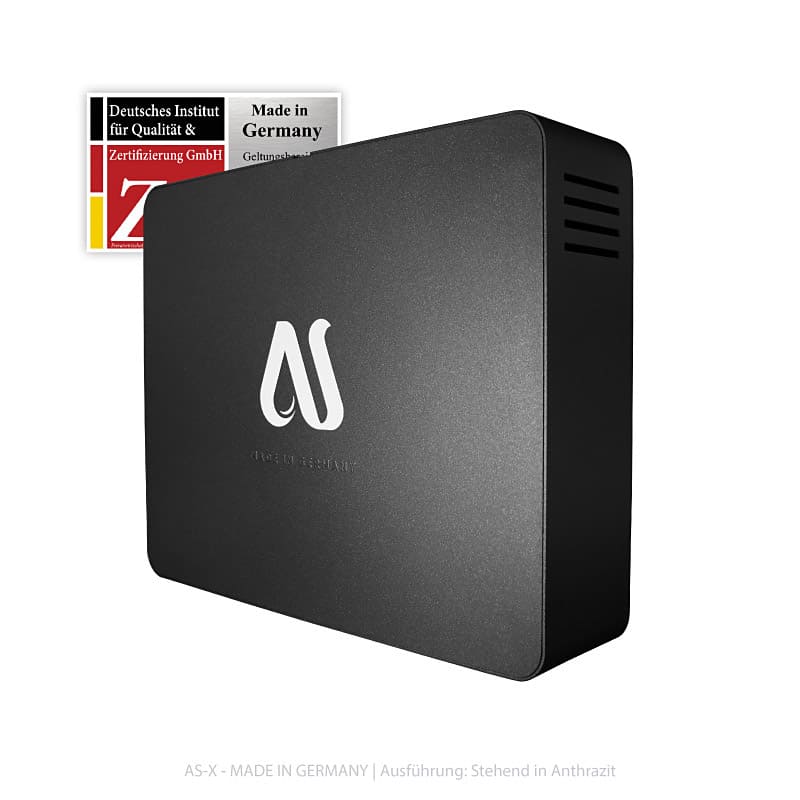The tap water that comes out of your faucet is ideal. Get a filter or why not be a filter. Which of these two sentences tend to be more true? Both are partially true.

In many places, plain tap water doesn’t taste good. Elsewhere, plain tap water has tiny levels of substances you would not want to drink – and also over an eternity probably have an relation to you.
There are numerous forms of potential issues in regular faucet water. Even if your city provides good water, it requires to travel a considerable ways through old pipes to be able to your property.
If you use a whole-house filter, shower heads and faucet screens don’t clog. Whole-house filters are apart from drinking water filters.
All ro water systems require both sediment and carbon pre-filters. All filters should be changed. Anticipate changing sediment and carbon filters each or sooner, and reverse osmosis membranes every 2-3 years.
The most difficult parts of installing water filters are connecting to the supply side from the water in your house, connecting to some drain line for your waste water, and installing a clean water faucet on your sink. Most of a water filter installation is straightforward.
You may need a plumber, in order to obtain a system where they’re going to handle the installation to suit your needs. The very best systems have clear plastic casings, in order to see how dirty filters get. The most effective systems also employ standard-sized replacement filters, so you don’t need to buy tiny, expensive, and proprietary filters.
Reverse osmosis water filters require both a sediment along with a carbon filter before them, to screen your dirt and a lot with the junk, before the water enters turned around osmosis filter.
A sediment filter blocks particles larger than a couple microns.
Water passing through activated carbon blocks still has some particles, chlorine, nitrates, fluoride, along with other dissolved junk. The next thing to get the best quality water is often a reverse osmosis filter.
Ro filters force water through 0.0001 micron-wide holes, through semi-permeable membranes. Long sheets of membranes are sandwiched together and retracted around a hollow central tube in the spiral.
The reverse osmosis filter removes 99% from the remaining junk within the water. It will take almost anything out, the magnesium and calcium in the water. Frequently a small carbon filter is employed after the reverse osmosis filter, to boost the flavour and catch a bit more of these 1% of junk the reverse osmosis filter lets go though.
Ro water filters generate waste water, and so they produce only some drops of clean water each and every minute. For that reason, most reverse osmosis systems have a storage tank to build up water. All ro systems have a very drain line for waste water, that is “wasted”. The waste water can be used as plants, dumped down the drain, etc.
Ultra-pure water can grow algae effortlessly. If you take chlorine along with other nasty stuff away from water, tiny microbes and sunlight can combine to produce a perfect environment growing harmless algae.
The caliber of water filtered by doing this is cleaner than even mineral water. Some individuals think pure water tastes flat. Some people give a tiny level of sea salt to pure water. Personally, no salt is necessary, pure water tastes like water should.
The world wide web has baseless scare stories about how precisely ultra pure water is dangerous. Hogwash. In the event you inject pure water, it might hurt you. Drinking pure water won’t hurt anyone unless these are fasting.
The minute that pure water hits orally it is no longer pure. There is nothing better for making coffee, cooking, and ice, than using pure water.
For more information about Reverse Osmosis System direct flow check this useful web site: check here
